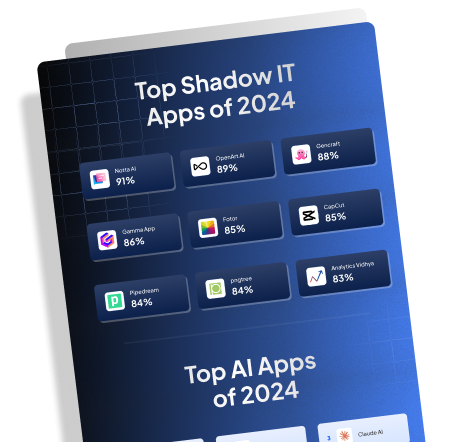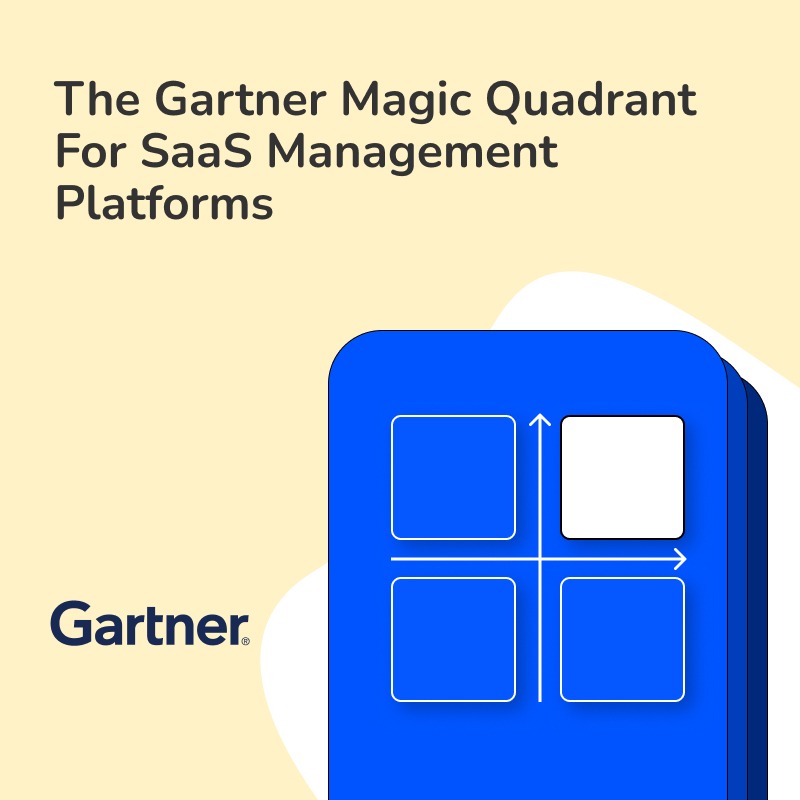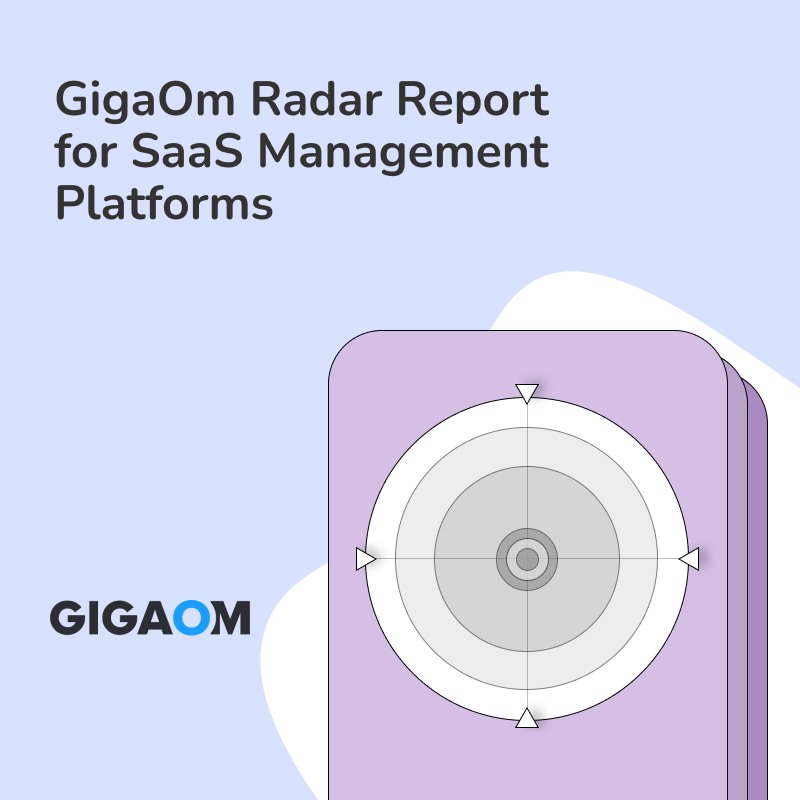Ever wondered how many devices, applications, and software are actually connected to your network? It’s a lot, and managing IT assets can feel like navigating through dense fog. We know this landscape is complex and ever-changing, with new challenges emerging daily. Fear not, because in this article we’re going to cut through the noise and show why asset discovery is absolutely critical for effective IT management. Understanding your digital environment means fewer surprises and more control. Ready to demystify this vital process? Read on. And if you’re curious about App discovery, check out Torii for more insights.
Asset discovery is fundamental to IT management for several reasons. First, it ensures complete visibility into an organization’s technology landscape. When you know what hardware, software, and services are in use, you can manage them better. Think about it: How can you secure or optimize what you can’t even see? Tracking software licenses is another critical aspect. Unlicensed software can expose a company to legal risks and unwanted fines. Asset discovery tools help you keep tabs on all licenses, ensuring compliance with vendor agreements. Similarly, monitoring hardware usage prevents underutilization or overutilization. Imagine spending thousands on high-end servers that are barely used. Asset discovery helps avoid such wastage.
Security is another crucial element. With today’s increasing cyber threats, having an up-to-date inventory is vital. Asset discovery highlights what’s on your network, which lets you identify potential security risks early. How would you patch a vulnerability if you didn’t even know the device existed? These tools also help in implementing better security protocols.
Compliance with regulations is yet another area asset discovery tackles proficiently. Regulatory frameworks often require detailed reports on IT assets. Be it GDPR, HIPAA, or any other directive, non-compliance can lead to severe penalties. Asset discovery tools assist in generating these comprehensive reports. They help keep your organization compliant, saving you from costs and legal repercussions.
The data gathered through asset discovery allows for informed decision-making. With exact insights into what your IT setup looks like, investments can be strategic and data-driven. You can replace outdated hardware timely, upgrade software that is nearing its end-of-life, and thus, avoid unnecessary expenditures.
While asset discovery is complex, its importance in IT management can’t be overstated. It ties into the broader mental model of effective resource management—knowing what you have to ensure it works optimally for you. Organizations that invest in thorough asset discovery are better equipped to handle the complexities of modern IT.
Best Practices for Implementing Efficient Asset Discovery
Effective implementation of asset discovery processes requires a structured approach that ensures accuracy, comprehensiveness, and ongoing diligence. Below, we outline best practices to help you maximize the benefits of asset discovery in IT management.
1. Adopt a Robust SMP (SaaS Management Platform)
To streamline asset discovery, consider adopting a comprehensive SMP that offers end-to-end visibility of your IT landscape. SMPs like Torii provide automated discovery features, asset tracking, and advanced reporting capabilities that simplify the entire process. Learn more about how Torii can enhance your asset discovery strategy by visiting toriihq.com.
2. Automate Asset Discovery
Manual asset discovery is labor-intensive and prone to errors. Automating the process ensures consistent and accurate identification of all IT assets. Automated tools can regularly scan your network to update asset records, ensuring your inventory remains current without continuous manual oversight.
3. Categorize and Tag Assets
Organize discovered assets into distinct categories such as hardware, software, licenses, and cloud services. Use tags like department, location, or project for easier identification and management. Categorization and tagging facilitate quicker data retrieval and better resource allocation.
4. Regular Audits and Updates
Conduct periodic audits to verify the accuracy of your inventory. Regular updates help in identifying new assets, decommissioned items, and changes in asset status. Scheduled audits prevent discrepancies and maintain the integrity of your asset data.
5. Focus on Security
Ensure your asset discovery process includes security checks. Identifying and cataloging assets is only the first step; you must also assess each asset for potential vulnerabilities. Integrate security tools that can scan assets for compliance and risk, flagging any issues that need immediate attention.
6. Comprehensive Reporting
Leverage your asset discovery tool’s reporting features to generate detailed reports. These reports should cover asset status, utilization, compliance, and security vulnerabilities. Regular, comprehensive reporting aids in strategic decision-making and helps in maintaining regulatory compliance.
7. User Training and Awareness
Educate your staff about the importance of asset discovery. Regular training sessions can ensure that everyone involved understands the processes and tools used. Awareness at all levels minimizes human error and fosters a culture of diligence and accountability.
8. Integrate with Other IT Management Tools
Ensure your asset discovery tools seamlessly integrate with your existing IT infrastructure management solutions. Effective integration provides a holistic view of your IT environment, enabling better optimization and streamlined workflows.
9. Set Clear Policies and Procedures
Establish clear policies and procedures governing asset discovery and management. Document each step, including who is responsible, what tools are used, and how often audits are performed. Clear guidelines ensure consistency and adherence to best practices.
10. Leverage Analytics for Continuous Improvement
Utilize analytics to derive insights from your asset data. Track trends, identify patterns, and adapt your asset management strategies accordingly. Continuous improvement through data analytics ensures your IT assets are optimally utilized and aligned with organizational goals.
By following these best practices, organizations can ensure their asset discovery processes are efficient, accurate, and aligned with their strategic objectives. Effective asset discovery not only enhances IT management but also significantly contributes to operational efficiency, security, and regulatory compliance.





